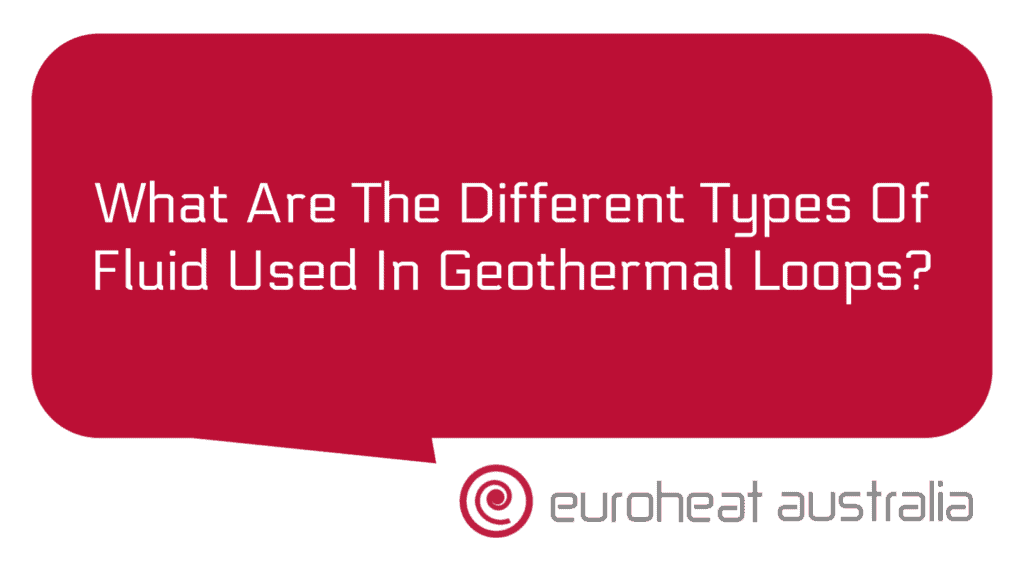Geothermal heating and cooling is becoming increasingly popular among Australian homeowners, and for good reason. By using the energy stored in the ground to heat and cool your home, you can save money on your energy bills and reduce your carbon footprint. The key to making this system work is fluid. Different types of fluid are used in geothermal loops, each with its own unique benefits.
Let’s start with water. Water is by far the most common type of fluid used in geothermal loops because it’s an effective heat transfer agent. It can absorb large amounts of heat from the ground and carry it up to your home’s heating system, or it can take excess heat from inside the house and transfer it into the earth. Water is also relatively cheap and easy to obtain, making it a great option for homeowners looking to install a geothermal heating and cooling system.
Another popular choice is anti-freeze solutions such as propylene glycol or ethylene glycol. These solutions have a lower freezing point than water, allowing them to be used even in colder climates where temperatures drop below freezing during winter months. They are also less corrosive than water-based fluids, which increases the lifespan of your system components and reduces maintenance costs over time.
In addition to these two main types of fluid, there are also synthetic oils such as polyalphaolefin (PAO) that are used in some Geothermal systems. These oils are highly efficient at transferring heat between two surfaces due to their low viscosity – meaning they require less energy to move around – while still providing protection against corrosion of pipes and other components due to their non-corrosive nature. They tend to be more expensive than water or anti-freeze solutions but they offer superior performance over long periods of time with minimal maintenance costs.
No matter which type of fluid you choose for your geothermal loop, you can expect significant savings on energy bills as well as reduced environmental impact due to its low carbon footprint compared with other forms of heating and cooling systems like gas or electric powered systems. For example, if you install a loop using water or an anti-freeze solution, you could save up to 40% off your energy bills depending on how much ground source energy is available in your area – that’s a significant amount! On top of that, installing a geothermal system typically requires no additional air conditioning equipment so you don’t have any extra costs associated with running air conditioners during summer months either!
For those who want an even more reliable solution that requires minimal maintenance over time, Euroheat Australia offers design & construction services for hydronic heating & cooling systems with 30 years experience in this field. Their team has developed specialised techniques that use synthetic oil rather than water or anti-freeze solutions – allowing them to offer superior performance while still maintaining cost effectiveness over the long term through minimal maintenance costs throughout the life span of their systems!
Overall then, when it comes down to choosing the right type of fluid for a geothermal loop there are lots of different options available – but whatever one you end up going for make sure that you get help from experienced professionals like Euroheat Australia who will help ensure that you get maximum benefit from installing this efficient form of heating & cooling in your home!





